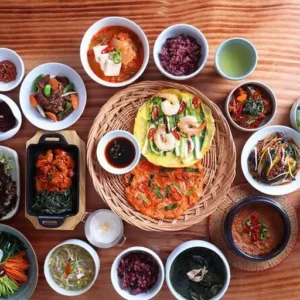Every culture hides a secret—a tradition so unusual, heartfelt, or downright bizarre that it leaves outsiders stunned and fascinated. From tomato battles in Spain to funeral dances in Ghana, humanity has always expressed its beliefs in ways as colorful as they are unexpected.
This curated list of 30 strange customs from around the world takes you on a cultural deep dive, ranked by how well-known they are globally. Whether you’re a curious traveler or a cultural explorer, these traditions offer more than just surprise—they reveal how we connect, celebrate, grieve, and love in ways uniquely our own.
The day of the dead (Mexico)
Far beyond spooky skeletons and face paint, this tradition is a heartfelt reunion with the dead. Families create vibrant altars (ofrendas) filled with food, flowers, and photos to welcome home departed souls. Streets bloom in marigold gold, sugar skulls smile from shop windows, and the air fills with candles, pan de muerto, and nostalgia. It’s not mourning—it’s memory dressed in color.
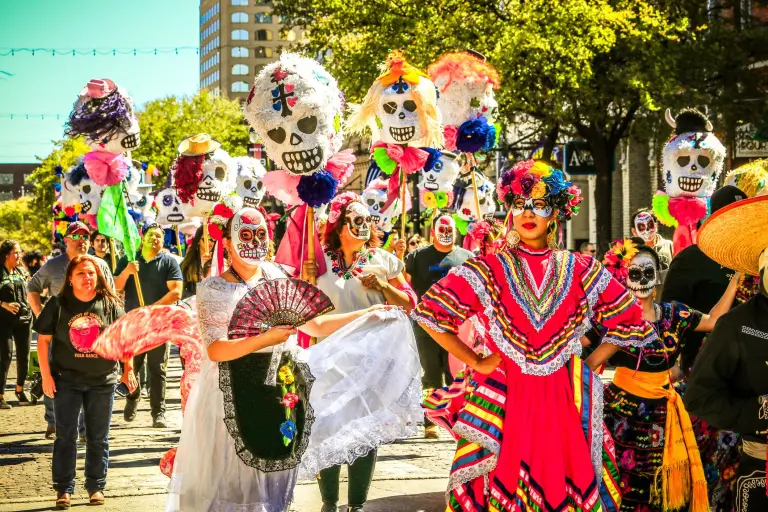
La Tomatina (Spain)
Once a year, the quiet town of Buñol explodes in a sea of red. For one hour, strangers become allies and foes, flinging overripe tomatoes at one another in the world’s most spectacular food fight. There’s no real reason behind it—just joy, absurdity, and the reminder that sometimes, life is better messy.
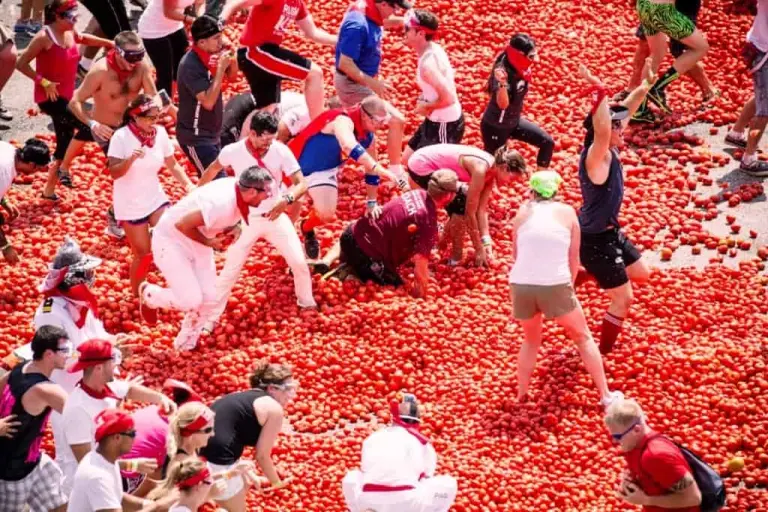
Famadihana – the turning of the bones (Madagascar)
This ritual breathes life into death. Every few years, Malagasy families dig up their ancestors’ remains, wrap them in fresh cloth, and dance with them in the streets. It’s not morbid—it’s love transcending time. For them, death doesn’t sever ties—it deepens them.

>> Famadihana: The sacred “Turning of the Bones” festival in Madagascar that will change the way you see Life and Death
Thaipusam (Malaysia & Singapore)
Thousands march barefoot, some with bodies pierced by hooks and skewers. It’s not spectacle—it’s devotion. Thaipusam honors Lord Murugan, and participants endure pain as spiritual offering. The air trembles with drums, chanting, and the sheer intensity of faith carved into flesh.
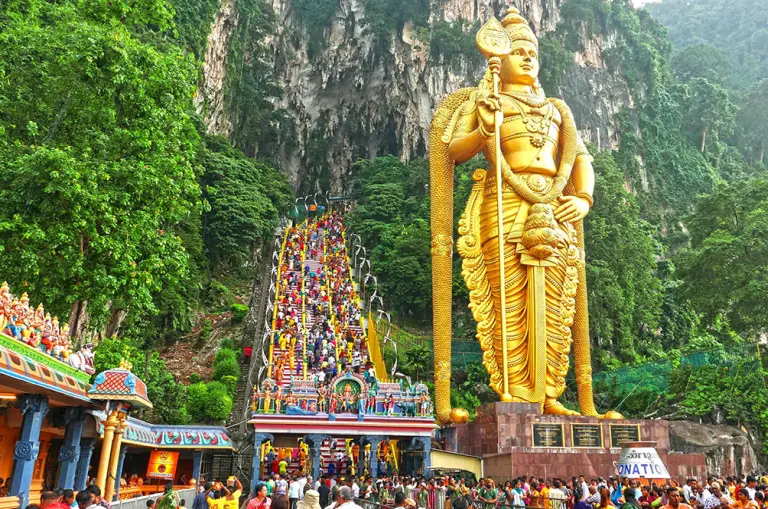
Baby jumping festival (Spain)
In Castrillo de Murcia, red- and yellow-clad “devils” leap over rows of infants to cleanse them of original sin. It’s a mix of Catholicism and pagan tradition, performed with great care (and no injuries to date). Part baptism, part thrill ride.

Monkey buffet festival (Thailand)
In Lopburi, locals prepare a literal banquet for monkeys—pyramids of fruit and sweets. Thousands of macaques descend, and chaos follows. It’s Thailand’s wildest act of gratitude toward their simian neighbors, and tourists flock to the mayhem.
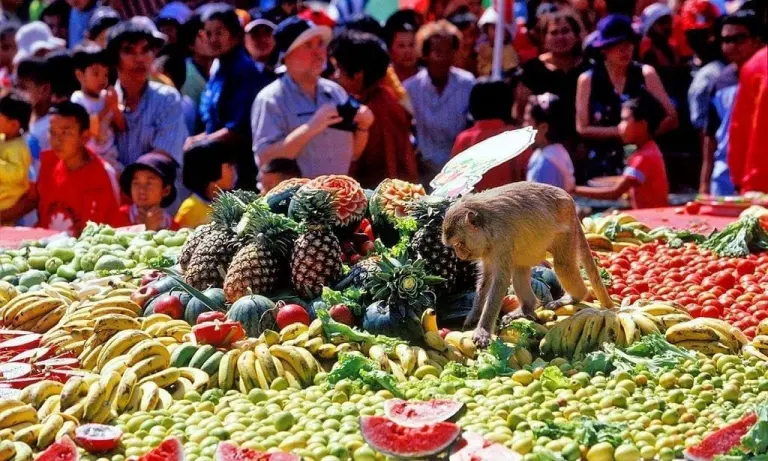
Polterabend (Germany)
On the eve of a wedding, guests smash porcelain outside the couple’s home. Then the bride and groom clean up together. A beautiful metaphor: marriage is messy, but teamwork makes it whole. No glass though—that’s just bad luck.
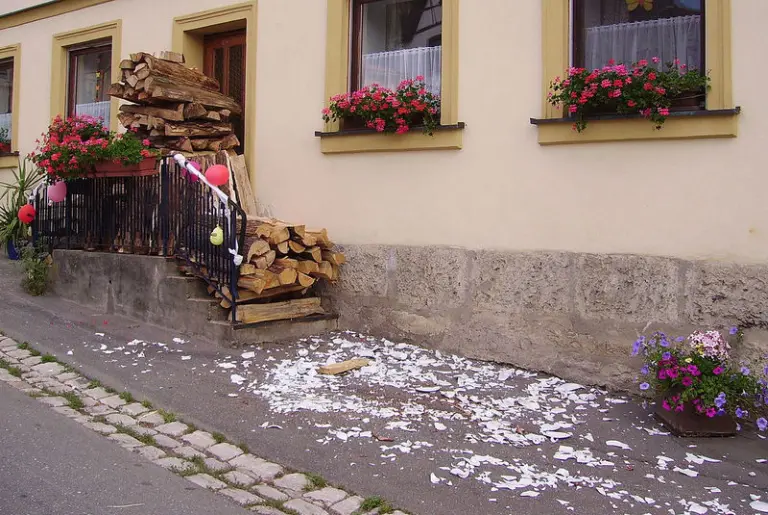
Rumspringa (USA, Amish)
At 16, Amish teens are allowed to enter the modern world—cell phones, cars, jeans, even partying. It’s a glimpse of the life outside. Afterward, they choose whether to return to the community. Most do. It’s freedom with purpose.
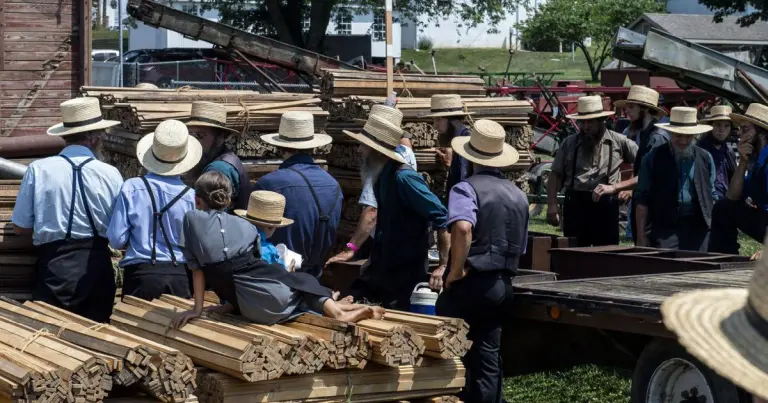
Cheese rolling (England)
Every spring in Gloucestershire, hundreds chase a 9-lb wheel of cheese down a steep hill. They tumble, trip, and crash—laughing all the way. First to grab the cheese wins. Mostly, they win bruises. But it’s glorious, silly tradition.
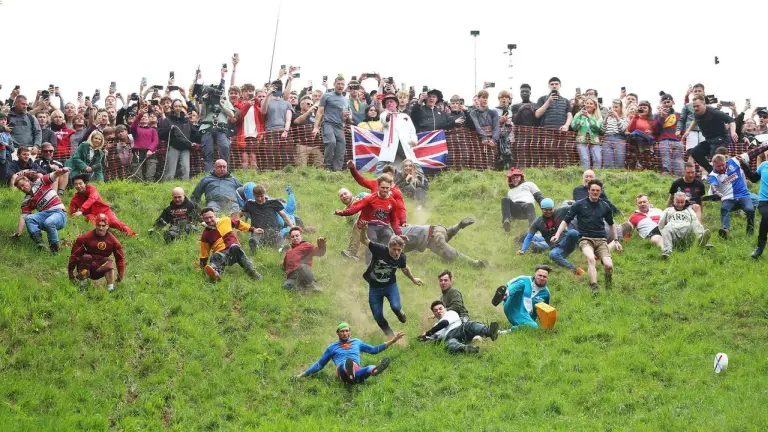
>> Cheese Rolling in Gloucestershire: The wildest race you’ll ever see (or join)
Cinnamon for the singles (Denmark)
Turned 25 and still single? Your friends might ambush you with a cinnamon shower. It’s messy, playful, and rooted in centuries-old trader jokes. At 30? Make that pepper. Being single never smelled so spicy.
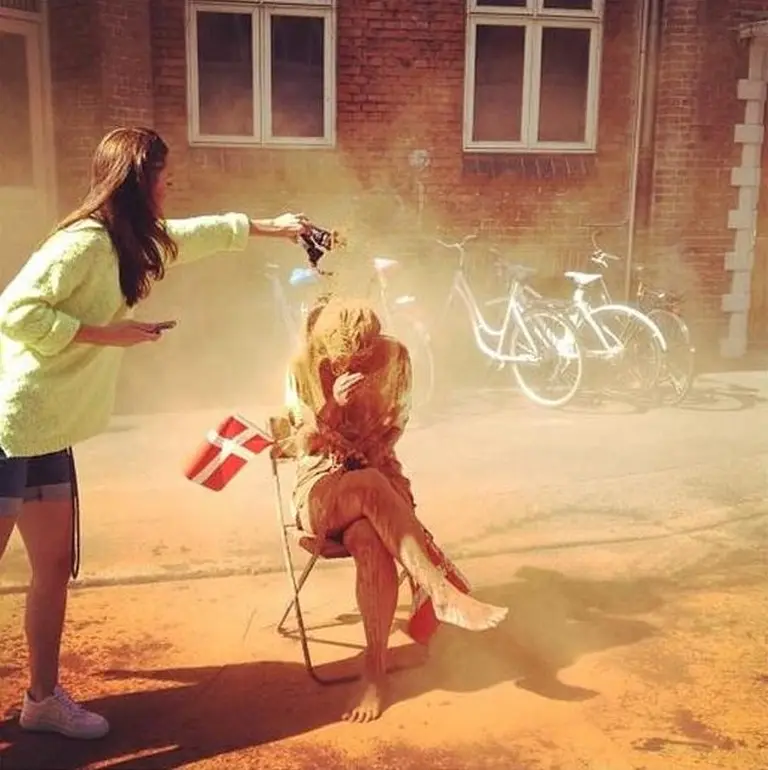
Blackening of the bride (Scotland)
Before tying the knot, Scottish brides (and grooms!) are doused in molasses, ash, and feathers—then paraded through town. The uglier, the better. It’s a symbolic way to prepare for marriage’s messy realities—and laugh through it.
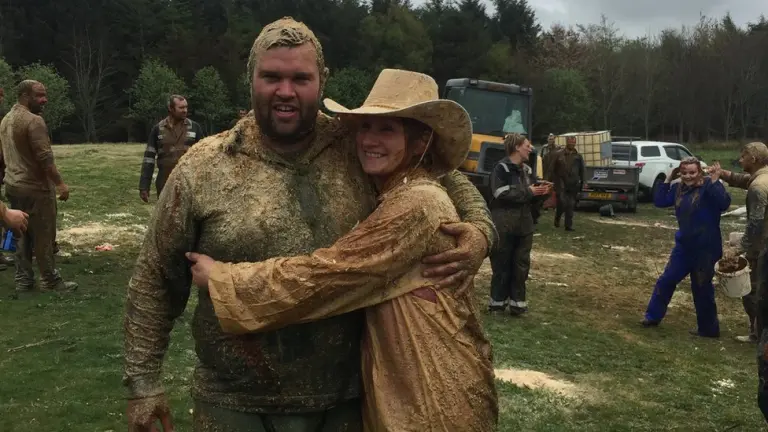
Burying the santa (Venezuela)
In some towns, families “bury” Santa Claus after Christmas—symbolically, of course. It’s part satire, part celebration, signaling a return to reality and a farewell to consumer excess. Farewell, Father Christmas. Until next year.
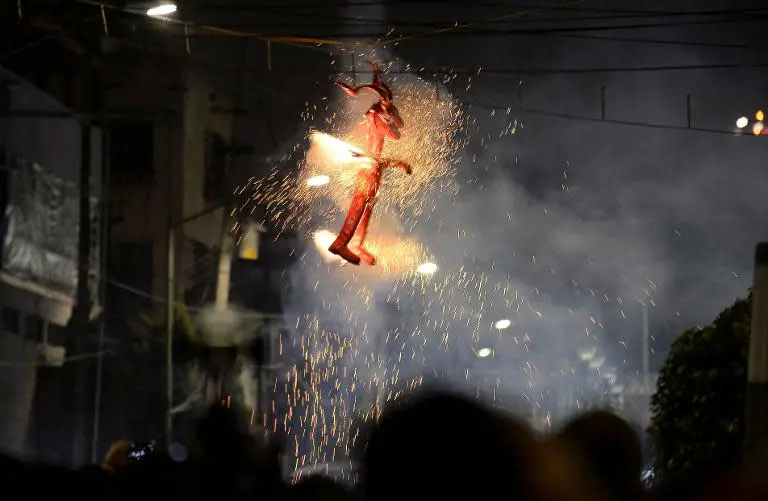
Toe wrestling (England)
Yes, it’s exactly what it sounds like. Competitors lock toes and try to pin each other down. There are even world championships. Britain takes its oddities seriously.
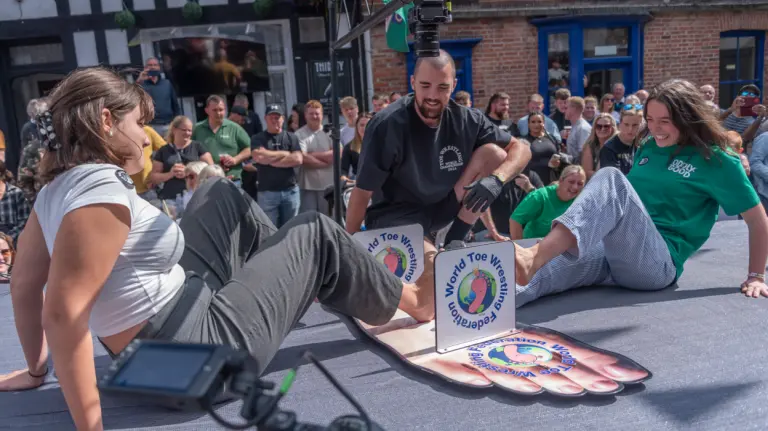
Self-flagellation (Philippines)
During Holy Week, devout Catholics reenact Christ’s suffering with real lashes and blood. Some carry crosses or nail themselves to wooden beams. Brutal? Yes. But for them, it’s about penance, sacrifice, and deep spiritual cleansing.
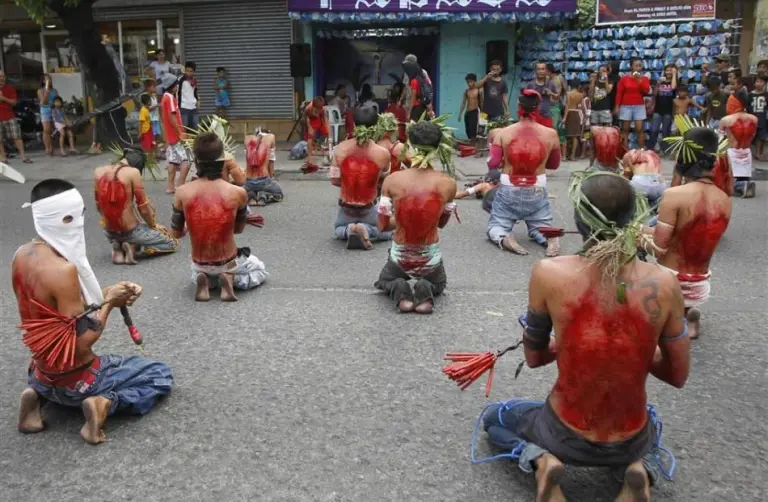
Sati (Historical – India)
Once a ritual of extreme, often forced devotion, sati—where widows followed their husbands into death—began in ancient India around the 400s CE. It was outlawed in 1829 under British rule and reinforced by India’s Sati (Prevention) Act of 1987. Events like the 1987 death of Roop Kanwar sparked national outcry and strict laws. Today, sati no longer occurs, remaining a dark chapter in history rather than a living tradition.
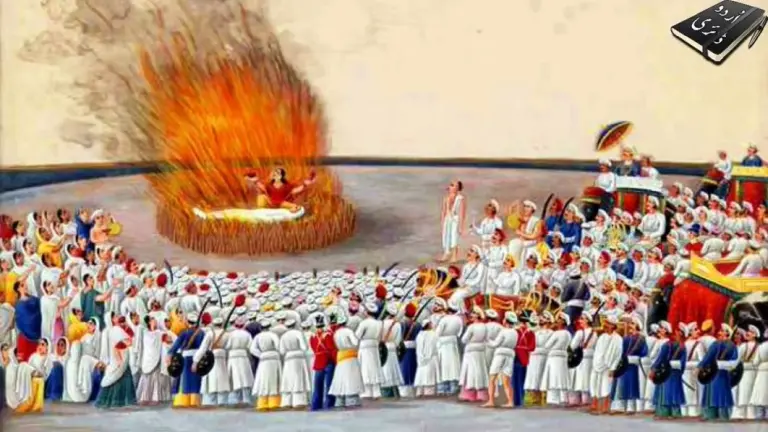
Cannibal funeral (Papua New Guinea – Historic)
Among the once-practiced Endocannibalism rituals, some Melanesian tribes would consume parts of deceased loved ones to absorb their strength and spirit. Though now illegal and largely abandoned, the tradition reflects a raw, spiritual bond that defies Western concepts of death.
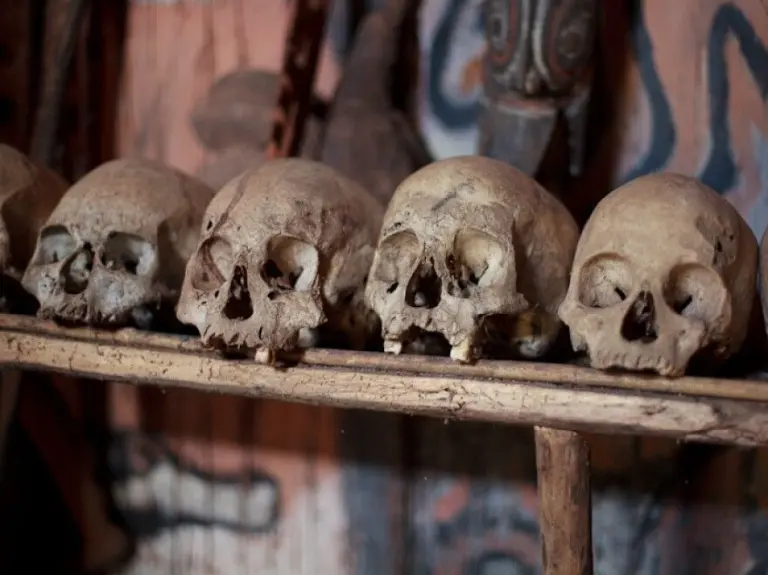
Crying brides (China)
In Sichuan’s Tujia community, brides begin crying one month before their wedding—joined later by mothers, sisters, and aunts in harmony. It’s not sorrow; it’s a choral expression of joy, respect, and complex emotions around marriage and parting.
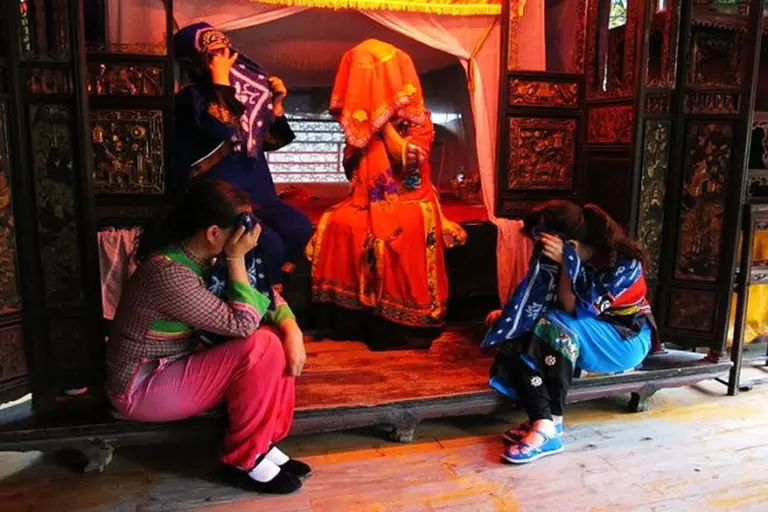
Hanging coffins (China & Philippines)
Cliffside burial might seem terrifying, but to the Bo people and the Igorots, placing coffins on high ledges brings the dead closer to heaven. These ancient traditions literally elevate the afterlife—both spiritually and physically.

Walking on fire (Fiji, India, Japan)
Firewalking appears in multiple cultures, from Fiji’s Beqa tribe to Japanese monks. It’s an initiation of courage and purification, where blistering feet are symbols of unshakable spirit. For many, it’s mind over matter—soul over skin.
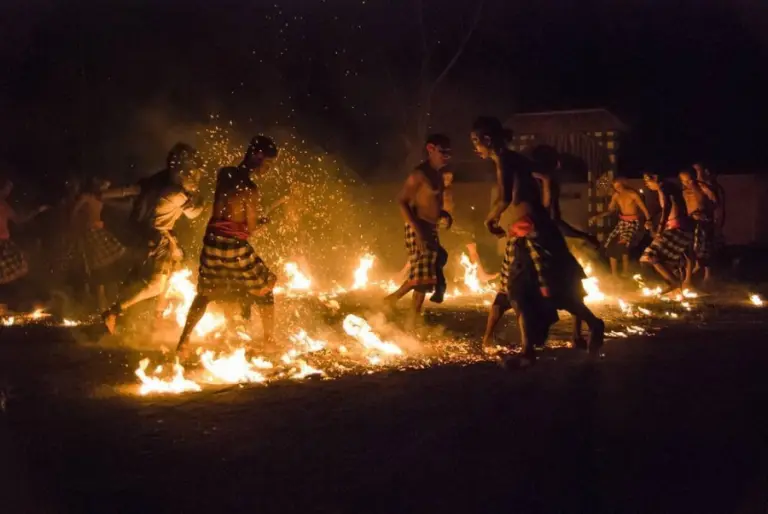
Ukulele funerals (Tonga)
Funerals in Tonga are grand, sometimes spanning weeks. Mourners wear woven mats, and music—especially the ukulele—guides the soul to the afterlife. Grief is expressed not only in tears, but in rhythm, community, and layers of tradition.

Bullet ant initiation (Brazil)
Satere-Mawe boys don gloves woven with bullet ants—whose sting feels like being shot—and must endure the pain multiple times to prove manhood. It’s excruciating, but for these boys, strength is forged not in comfort but courage.
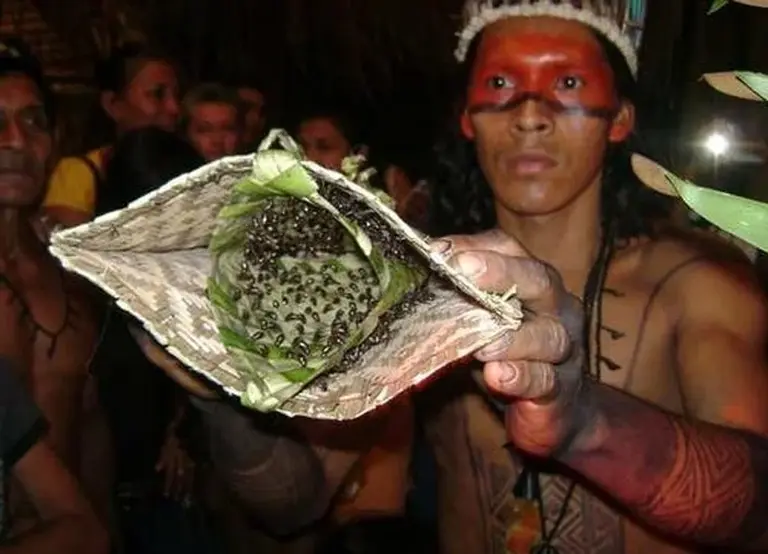
22. Moko tattooing (New Zealand, Maori)
The moko is more than ink—it’s identity, lineage, and mana. Traditional facial tattoos tell the story of a person’s ancestry and social status. Far from trend, this sacred art reconnects the Māori with their heritage.
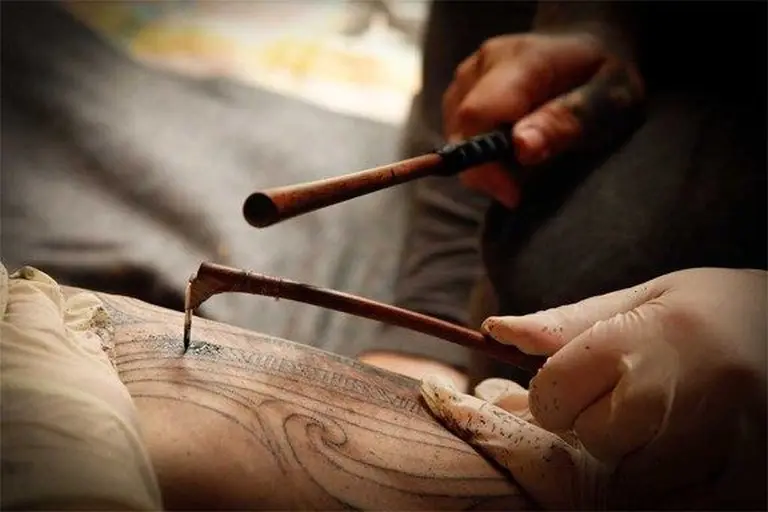
23. Crocodile scarification (Papua New Guinea)
In the Sepik River region, boys become men through ritual scarification that mimics crocodile skin. Each cut represents a step away from childhood—pain endured, identity earned. It’s not for display; it’s a badge of belonging.

Throwing broken dishes (Greece)
Beyond weddings, Greeks smash plates in celebrations to show joy, banish evil, or just make noise in a beautiful, communal catharsis. There’s something freeing about breaking things—especially when the only thing that shatters is formality.

Tihar festival for dogs (Nepal)
In Nepal’s Tihar festival, a day is devoted entirely to honoring dogs. They are adorned with garlands, tika marks, and fed special treats. It’s not only adorable—it’s spiritual gratitude for loyalty and companionship.
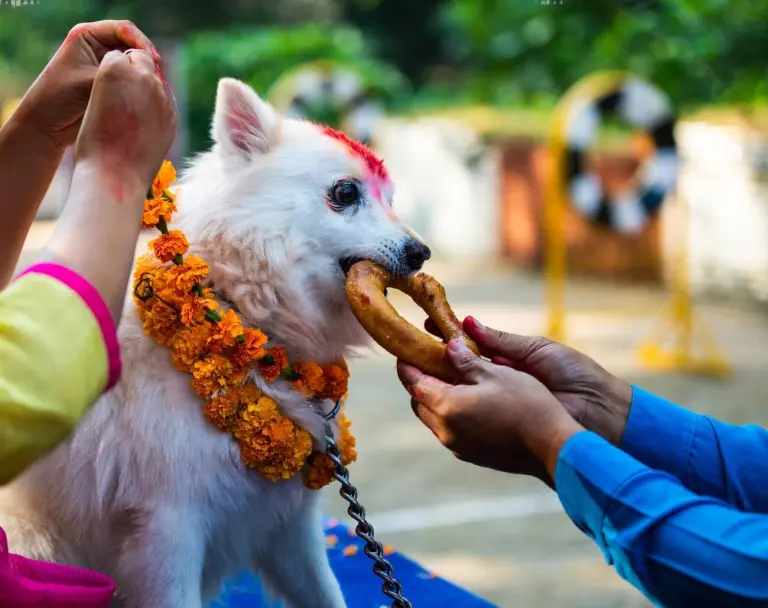
Night hunting (Bhutan – Historical)
Known as “Bomena,” young men in Bhutanese villages used to sneak into girls’ rooms at night to woo them. Though romanticized in legend, the practice has faded under modern scrutiny. It’s a controversial relic of rural courtship.

Camel wrestling (Turkey)
During winter festivals, male camels are pitted against each other as they compete for a female’s attention. Though regulated today, the spectacle blends sport with heritage—and remains surprisingly popular in Turkey’s Aegean region.
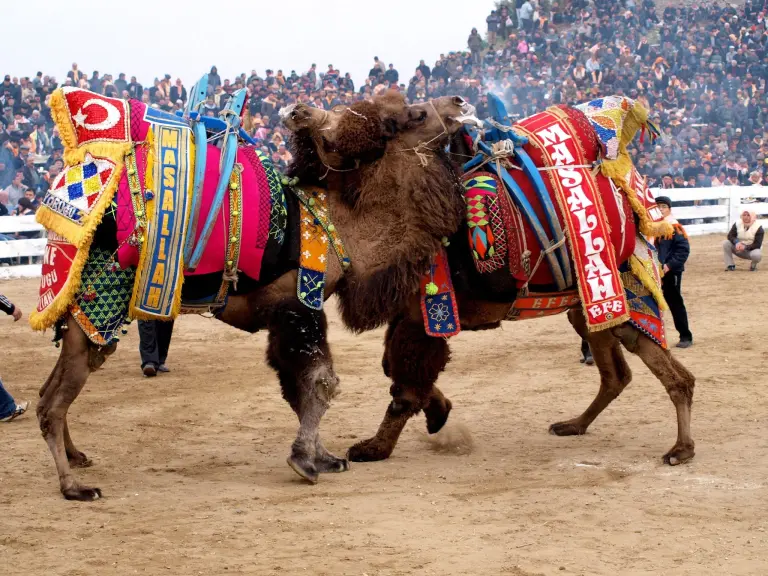
Finger cutting for grief (Dani Tribe, Indonesia)
In some Dani communities, women cut off the tips of their fingers to express sorrow after losing a loved one. The practice has declined, but its legacy echoes the depth of loss and the lengths humans go to make grief visible.
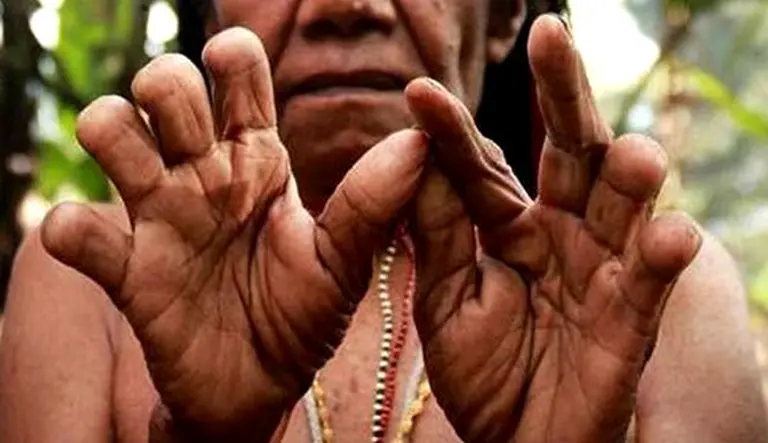
Coffin dancing (Ghana)
Pallbearers in Ghana turn funerals into theatrical performances, dancing with customized coffins shaped like animals, cars, or airplanes. Death becomes celebration—of life, personality, and joy, even in departure.

Spitting to bless (Kenya – Maasai)
In Maasai tradition, elders spit on newborns or hands as a blessing. What outsiders may find rude is, in fact, a sacred sign of respect and protection in this rich pastoral culture.
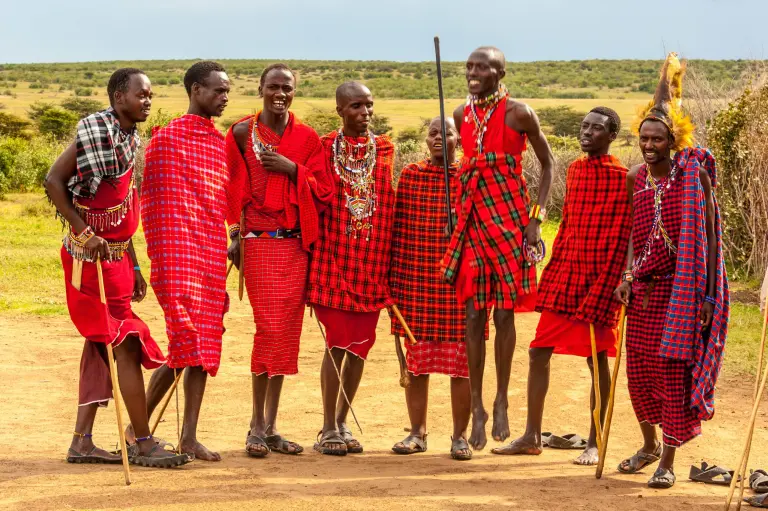
Carry-the-bride custom (Global)
Originally from Europe but now global, the groom carrying the bride over the threshold was believed to ward off evil spirits. Today it’s romantic, symbolic, and often staged for a perfect photo—but its roots are surprisingly superstitious.

What may seem unusual to some is often sacred to others. These traditions, no matter how peculiar, reflect the diversity of human experience—our need for meaning, for connection, for expression. As you plan your next trip, remember: the real treasures aren’t always in landscapes or monuments, but in the rituals, laughter, and even discomfort that come with stepping into someone else’s world.
So don’t just visit—immerse. Sometimes, the most unforgettable stories begin with a tomato in your face, a stranger’s blessing, or a leap of faith over a sleeping baby.




